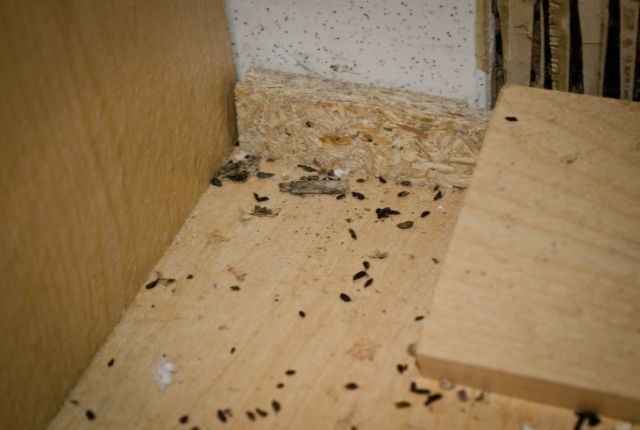When they come into your home, house mice, which are small and sneaky animals, can be a real pain. They have a lot of babies and can quickly grow into big groups if nothing is done. Finding a mouse problem early is very important to stop more problems from happening. This guide will talk about the ways and signs that could mean you have a mouse problem in your home.
Drops of Rain:
Finding mouse droppings is one of the most common ways to tell if you have mice. The mouse droppings are small, about 1/4 inch long, and have points on both ends. They look like dark rice grains and are usually found near food sources, on their paths, or in secret places.
Marks on the jaw:
Mice have to chew all the time so their front teeth don’t get too long. Look for bite marks on baseboards, furniture, food packages, or wiring. New, light-colored gnaw marks show that the animal has been eating recently.
Scratching and making noises:
You can often hear mice scratching or squeaking, especially at night when they’re most busy. Mice are quick climbers. It’s a good sign that they are there if you hear these sounds coming from your walls, ceilings, or attic.
Birdhouses:
Mice will use any soft material they can find, like shredded paper, insulation, clothing, or even rocks, to make their nests. Look for nests in out of the way places, like behind appliances, in wall gaps, or in the attic. Mice babies may also be in nests.
Odour:
A strong, musty smell can be a sign of mice, especially in small areas like crawl spaces or under cabinets. This smell is often linked to their pee and droppings.
Runways and tracks
Mice often take the same paths, leaving behind tracks or lines that can be seen. Look along the baseboards, along the walls, or near where you store food for light tracks or smudge marks.
Food packaging was chewed:
Mice are known for making food dirty. Look through your pantry and kitchen drawers for food packages that have been chewed or gnawed on.
Holes and Points of Entry:
Check your home for places people could get in. Mice are able to fit through very small gaps. Gaps around pipes and utility lines, cracks in the walls, and broken screens on doors and windows are all common places for pests to get in.
How pets act:
People can sometimes notice mice before their pets, especially cats, can. It could be a sign if your cat or dog becomes quickly interested in one spot or if they seem to be very interested in walls or corners.
Being able to see:
The most clear sign is, of course, seeing a mouse. When it’s dark, you might see mice running across the floor or along the baseboards. Mice are most busy at night.
What to Do If You Think You Have an Insect Problem:
It is very important to move quickly if you see any of these signs:
- Set up snap traps or gentle traps in places where you think mice might be active to confirm their presence.
- Seal Entry Points: To keep mice from coming into your home again, find and seal any possible entry points.
- Keep Your Home Clean: Store food safely in airtight cases and clean up crumbs right away to keep your home clean.
- Professional Pest Control: If the problem is bad or keeps coming back, you might want to call a professional pest control service. They know how to get rid of bugs and have the right tools for the job.
To sum up, finding a mouse problem in your home as soon as possible is important to avoid more problems. If you stay alert and know what the signs are, you can take quick action to fix the problem and keep
your home mice-free.
All our licensed exterminators are trained, certified, and insured against unforeseen circumstances. Our professionals are true experts in their field and have been a mainstay at Mouse Control Lindsay for years.
